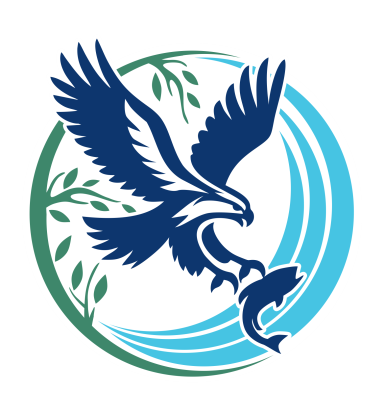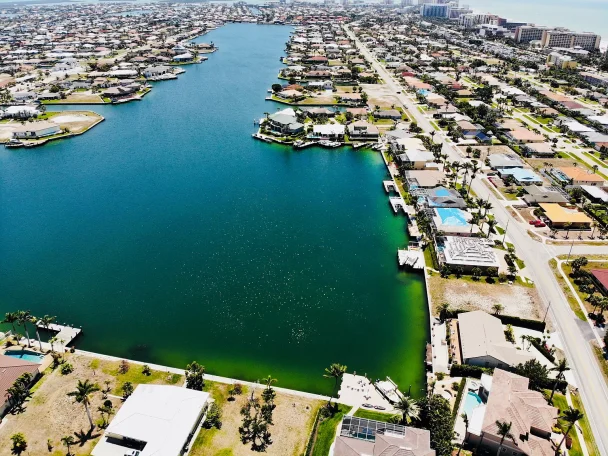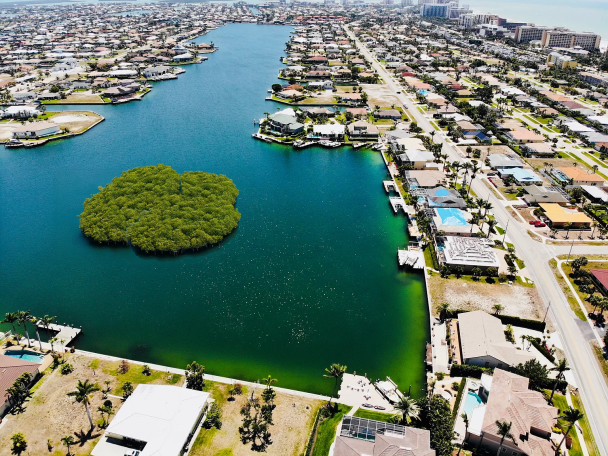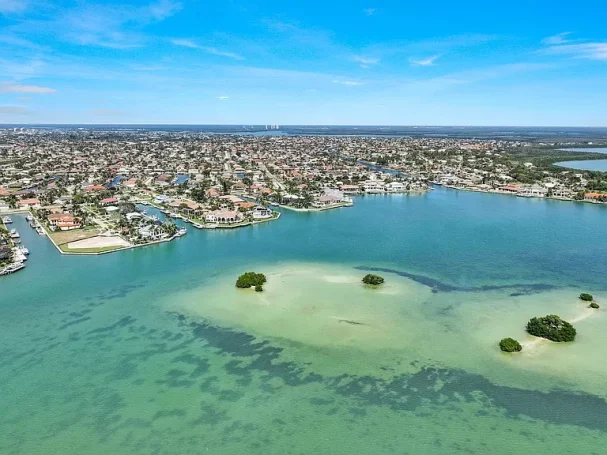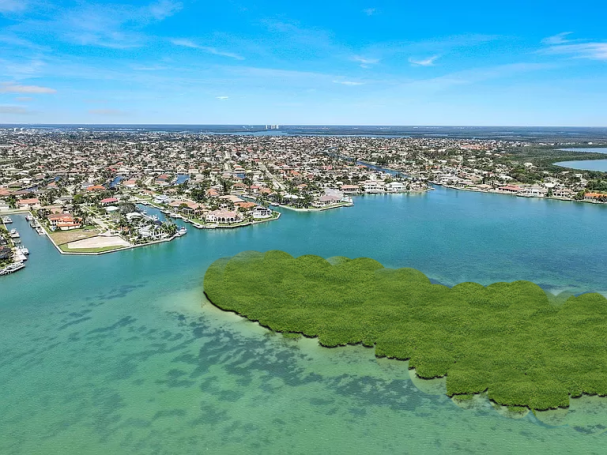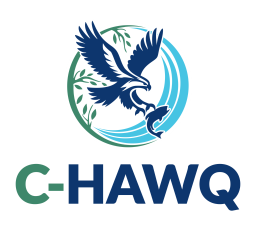Marco Island C-HAWQ Initiative
Project Status
Current
On May 5th, the C-HAWQ team presented the C-HAWQ Initiative P3 Proposal to the City Council of Marco Island and received a 4-3 "yes" vote to have C-HAWQ proposal reviewed by an independent reviewer at the choice of the City and at the cost of the C-HAWQ team.
Project Progress
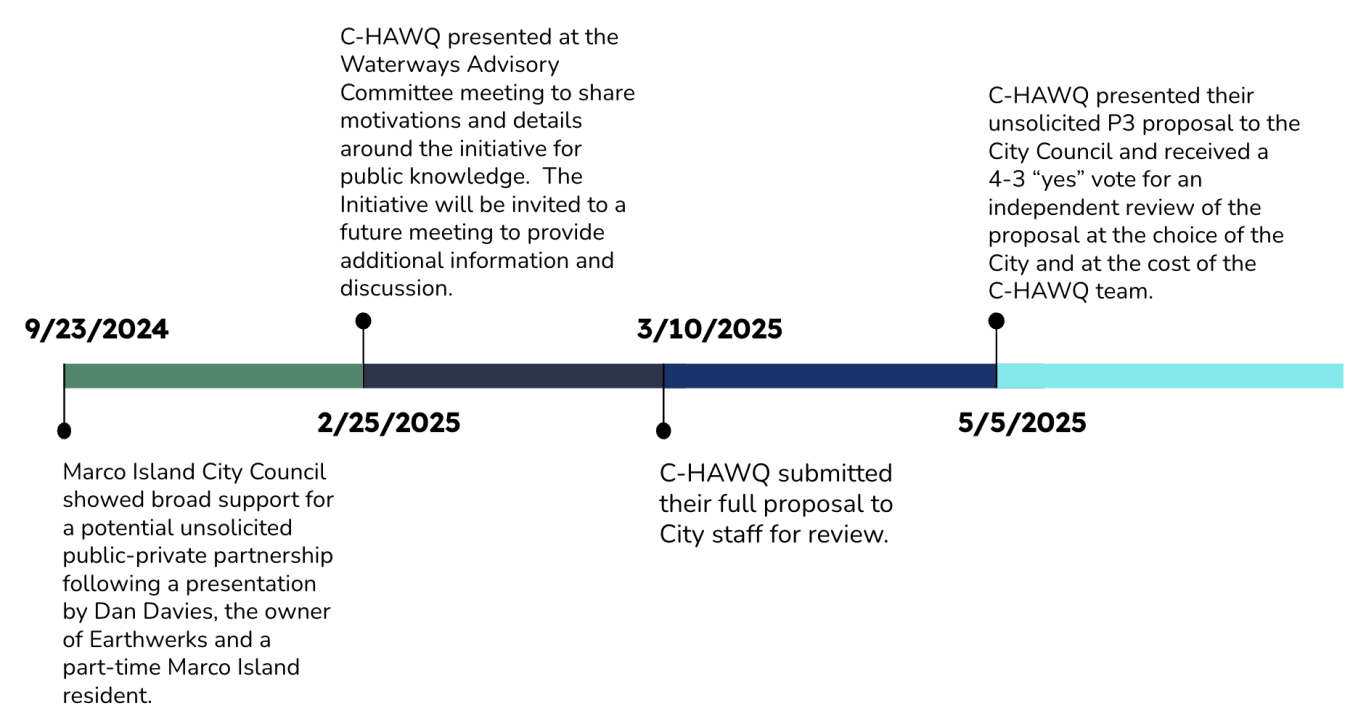
How This Solution Would Improve Water Quality
Sediment Removal
Sediment in the canals is already frequently re-disturbed by boating and storms and continues to rerelease nutrients into the water. By removing this sediment, it would remove the nutrients that are being resuspended which is degrading the water quality.
Mangrove Communities
Land sites would be partially vegetated with mangroves which have proven in projects around the globe to be incredible water sequestration and filtration species. Scientific studies have shown mangroves and salt marshes can remove 70% of nitrogen and 80% of phosphates in runoff, improve dissolved oxygen and remove suspended solids.
By using mangroves, sea grasses and oyster reefs on the land sites, it would create habitat for animals that filter particulates and attract other species diversifying the ecosystem in the canals indirectly improving the water quality. For examples, oyster reefs would attract macroinvertebrates (clams, oysters, shrimp, etc.) that eat particulates and microorganisms which would improve the water quality directly.
Creation of Habitat
Where These Islands Could Be
The proposed island locations are in waterways that are unnavigable, shallow, or are areas of highest need to improve water quality.
The exact locations would be negotiated with the City through our proposal and public feedback. More information will be shared here as project details are confirmed.
What These Islands Would Look Like
The new islands are inspired by the mangrove islands surrounding Marco Island and in the Ten Thousand Islands. Islands would be shaped to fit any existing sand bars or natural structures. Where islands do not exist today, islands would be intentionally designed for unnavigable areas or areas with poor water quality.
Sheet pile, limestone rock, and oyster reefs would provide the foundation of the islands. Native vegetation would be planted on the islands to provide additional structure, storm resiliency, sound deadening, and filtration.
Types of Vegetation That Would be Used
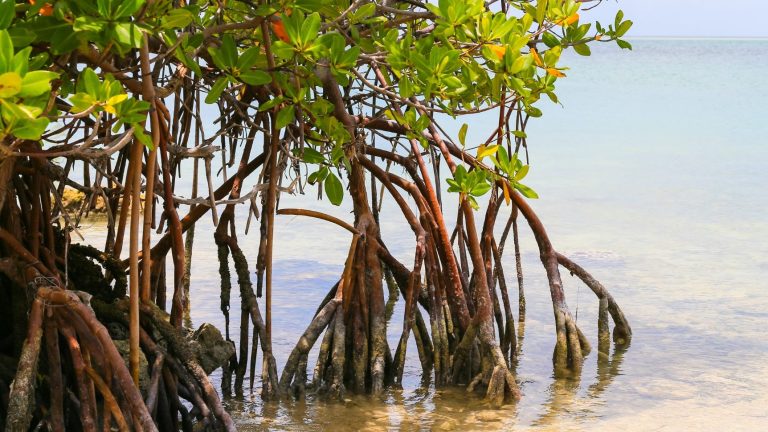
Mangroves
Black, white, and red mangroves would be used to provide structure, resilience, and habitat for the islands and local species. Mangrove roots cannot grow with structure so the islands would provide containment to the tress growth size.
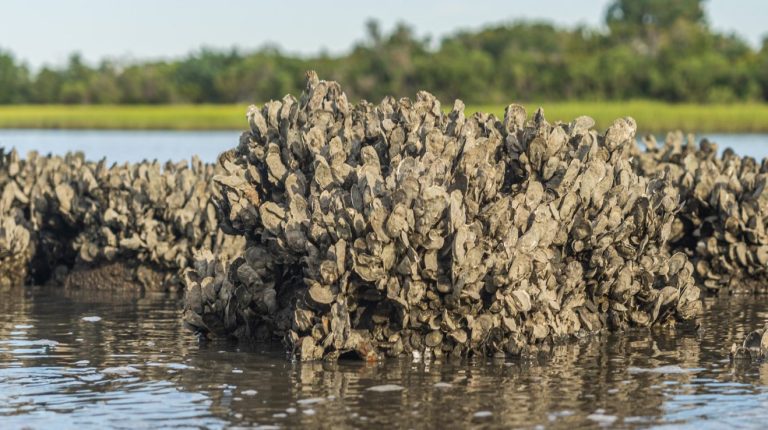
Oyster Reefs
Oyster reefs provide habitat for filter feeders and macro-invertebrates like oysters or shrimp. These small creatures help filter the water of particulates which improves the water quality.

Seagrasses
Grasses such as smooth cordgrass and black needlegrass rush create shallow emergent salt marsh areas. This could help improve the resiliency of the oyster reefs and newly restored habitats.
.
.
.
.
<
,
.
.
.
.
.
Contact Us
Complete our form to receive updates on the project and ask questions.
We need your consent to load the translations
We use a third-party service to translate the website content that may collect data about your activity. Please review the details in the privacy policy and accept the service to view the translations.
